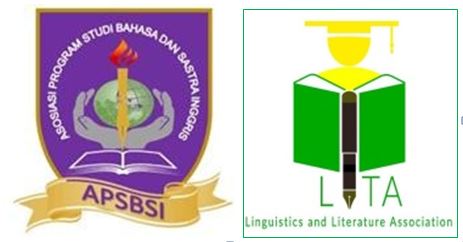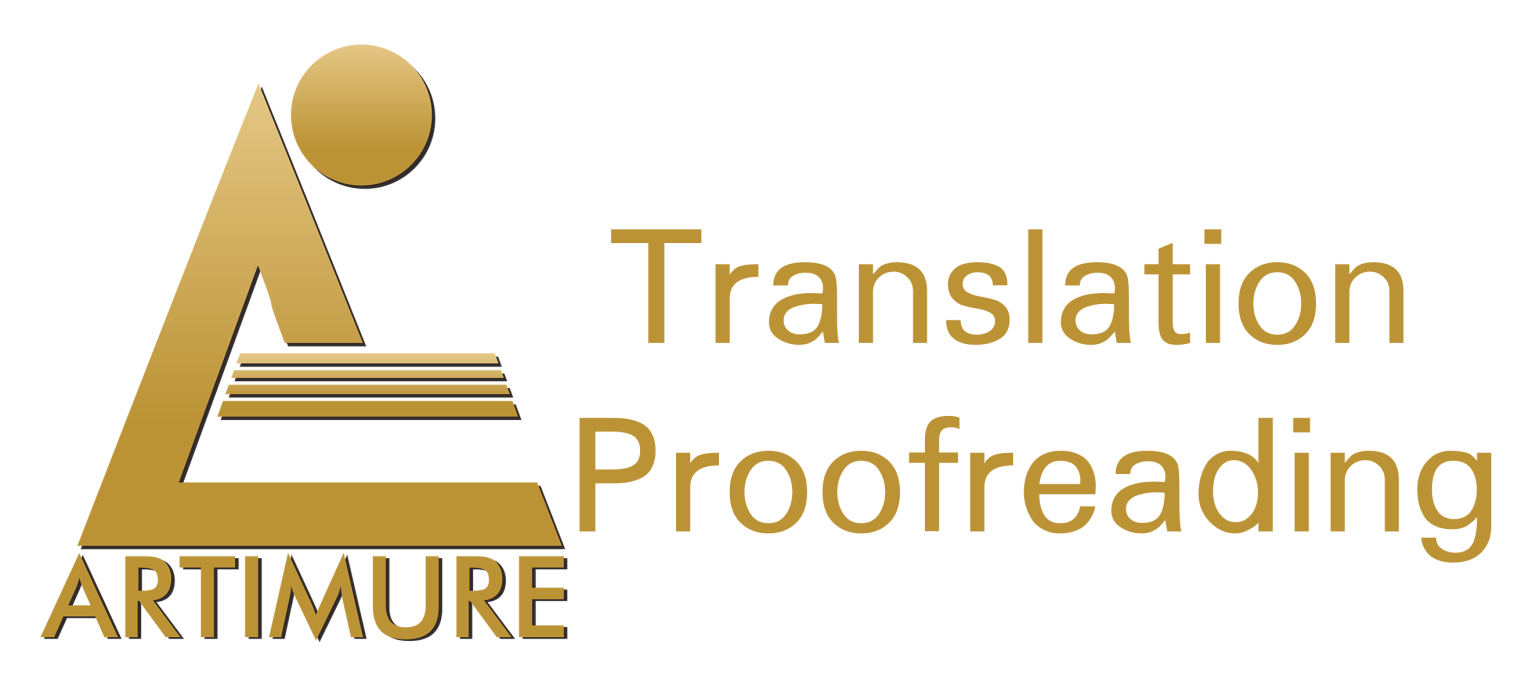The Investigation of Students’ Knowledge on a Novel Learning Strategy: What is Interesting about Blended Learning for EFL University Students?
DOI:
https://doi.org/10.31849/utamax.v2i2.3067Keywords:
Learning Strategy, Blended Learning, EFL Students, PBIG FKIP UnilakAbstract
This research aimed at exploring students’ interest and knowledge in blended learning context at English Education Department in Universitas Lancang Kuning (Unilak). This descriptive quantitative research involved 27 out of 135 students as the samples as they are part of a class that uses blended learning actively through their entire semester. These 27 students were selected by using random sampling technique from fourth, sixth, and eight semester in regular class. The questionnaire used as the main instrument to collect the data. The data analyzed descriptively in term of mean and standard deviation then interpreted descriptively. The result of the findings revealed that the majority of students’ have High level of students’ interest and knowledge in blended learning context. It was probed by their mean score, interest students’ score 3.71 and the students’ knowledge score 3.67. The standard deviation to interest was 6,83 and knowledge was 5.28. This is means that the blended learning which employed during these 2 years seems in a high interest and knowledge level among the students at English Language Education Department.
References
Arikunto. (1996). Prosedur Penelitian Suatu Pendekatan Praktik. Edisi Revisi. Jakarta: Rineka Cipta.
Bailey, J., Martin, N., Schneider, C., Vander Ark, T., Duty, L., Ellis, S., ... & Terman, A. (2013). Blended learning implementation guide 2.0. Digital Shift.
Bath, D., & Bourke, J. (2010). Blended Learning. Griffith University.
Black, A., & Muddiman, D. (2017). Understanding community librarianship: the public library in post-modern Britain. Routledge.
Bond, M., Buntins, K., Bedenlier, S., Zawacki-Richter, O., & Kerres, M. (2020). Mapping research in student engagement and educational technology in higher education: A systematic evidence map. International Journal of Educational Technology in Higher Education, 17(1), 1-30
Crane, G. (2016). A Digital Public Library of America and the Transformation of the Humanities. Tuft University. The Perseus Digital Library.
DeMillo, R. A., Ferri, B., Harris, J., Ferri, A., Joyner, D., Braunstein, M., ... & Buchman, T. G. (2019). Blended Learning in Practice: A Guide for Practitioners and Researchers. MIT Press.
Doolan, M. A., & Gilbert, T. (2017). Student choice: blends of technology beyond the university to support social interaction and social participation in learning. In E-Learning, E-Education, and Online Training (pp. 95-102). Springer, Cham.
Eryilmaz, M. (2015). The effectiveness of blended learning environments. Contemporary Issues in Education Research (CIER), 8(4), 251-256.
European Commission. (2006). Classification of Learning Activties – Manual. Luxembourg: Office for Official Publications of the European Communities.
Hamuddin, B., Syahdan, S., Rahman, F., Rianita, D., & Derin, T. (2019). Do They Truly Intend to Harm Their Friends?: The Motives Beyond Cyberbullying among University Students. International Journal of Cyber Behavior, Psychology and Learning (IJCBPL), 9(4), 32-44.
Ja'ashan, M. M. N. H. (2015). Perceptions and Attitudes Towards Blended Learning for English Courses: A Case Study of Students at University of Bisha. English Language Teaching, 8(9), 40-50.
Junaidi, J., Hamuddin, B., Julita, K., Rahman, F., & Derin, T. (2020). Artificial Intelligence in EFL Context: Rising Students’ Speaking Performance with Lyra Virtual Assistance. International Journal of Advanced Science and Technology, 29(5), 6735-6741.
Kamelia, K. (2019). Using Video as Media of Teaching in English Language Classroom: Expressing Congratulation and Hopes. Utamax: Journal of Ultimate Research and Trends in Education, 1(1), 34-38.
Knoke, D., Marsden, P. V., & Kalleberg, A. L. (2017). Survey research methods. The Blackwell companion to organizations, 781-804.
Medora, N., & Roy, R. N. (2017). Recruiting, organizing, planning, and conducting a 3-week, short-term study abroad program for undergraduate students: Guidelines and suggestions for first-time faculty leaders. International Journal of Humanities and Social Science Research, 3, 1-11.
Morris, S., & King, J. (2020). 11 Emotion Regulation among University EFL Teachers in Japan: The Dynamic Interplay between Context and Emotional Behaviour. The emotional rollercoaster of language teaching.
Nursafira, M. S. (2020). TED Talks in EFL Context: An Alternative Way for Teaching and Improving Student’s Speaking Skills. ELSYA: Journal of English Language Studies, 2(2), 7-11.
Oxford Advanced Learner’s Dictionary. (2013). Oxford University Press; 8 edition.
Putri, N. S. (2019). Kahoot Application in English Language Teaching (ELT) Context: An Alternative Learning Strategy. ELSYA: Journal of English Language Studies, 1(1), 11-15. https://doi.org/10.31849/elsya.v1i1.2488
Putri, S. E., Hamuddin, B., Nursafira, M. S., & Derin, T. (2020). Discourse Analysis in E-Learning-Based Course Using Moodle Platform: An Experimental Design. REiLA: Journal of Research and Innovation in Language, 2(1).
Sağin, F. G. (2020). How to use educational technology to make education better-Not just different or entertaining!. Biologia Serbica, 41(2).
Smit, K., de Brabander, C. J., Boekaerts, M., & Martens, R. L. (2017). The self-regulation of motivation: Motivational strategies as mediator between motivational beliefs and engagement for learning. International Journal of Educational Research, 82, 124-134.
Story, D. A., & Tait, A. R. (2019). Survey research. Anesthesiology: The Journal of the American Society of Anesthesiologists, 130(2), 192-202.
Strogilos, V., Stefanidis, A., & Tragoulia, E. (2016). Co-teachers’ attitudes towards planning and instructional activities for students with disabilities. European Journal of Special Needs Education, 31(3), 344-359.
Yudar, R. S., Aditomo, D. T., & Silalahi, N. S. (2020). Movie as a Helper for Students' Pronunciation in Speaking Skill Class. ELSYA: Journal of English Language Studies, 2(1). 15-19.
Yuzar, E. (2020). Incorporating Communicative Competence in Assessment and English Language Teaching in Multilingual Settings. REiLA: Journal of Research and Innovation in Language, 2(1). 8-13.










